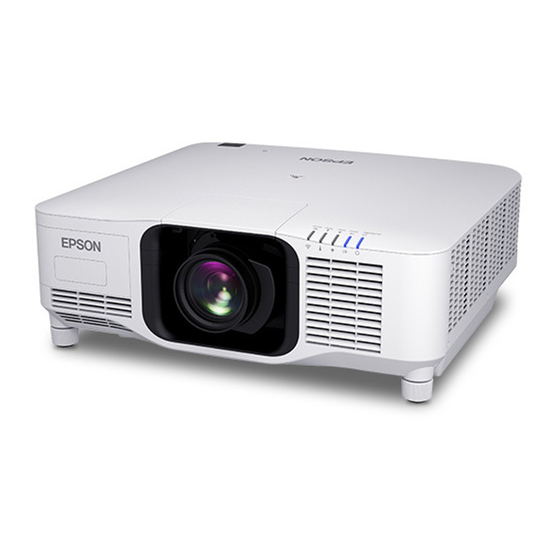
Epson EB-PU2113W User Manual
Hide thumbs
Also See for EB-PU2113W:
- Quick reference (6 pages) ,
- User manual (193 pages) ,
- Manual (22 pages)
Table of Contents
Advertisement
Quick Links
Advertisement
Table of Contents









Need help?
Do you have a question about the EB-PU2113W and is the answer not in the manual?
Questions and answers